China interested in concession on Belgrade-Budapest rail
The construction of a 350 km high speed rail on Corridor 10 between Belgrade and Budapest would cost between 1.5 and two billion euros, Tanjug is reporting.
Tuesday, 05.03.2013.
15:49

BELGRADE The construction of a 350 km high speed rail on Corridor 10 between Belgrade and Budapest would cost between 1.5 and two billion euros, Tanjug is reporting. The news agency is quoting sources with the Serbian Ministry of Transportation who said that China was interested in the realization of this project. China interested in concession on Belgrade-Budapest rail It would be financed by a Chinese loan, but that country also showed an interest "in some other kinds of participation, such as concession construction". Interest rates of the Chinese loans range between 1.5 and 3 percent. The length of the rail section through Serbia would be 184 km, and 166 km through Hungary. The ministry announced that a working group will be formed soon to deal with the preparations for the project of construction of the Belgrade-Budapest railway allowing speeds over 200 km/h. The working group will comprise representatives of the Ministry of Transportation, the Ministry of Finance and Economy, the Serbian Railways and experts. The journey between Belgrade and Budapest now takes more than eight hours with the average speed of 43 kmph, while the new railway with the speed of 130 kmph would reduce the travel to three hours. The Ministry of Transportation said that the high speed railway between Belgrade and Subotica, northern Serbia near the border with Hungary, could be built in four to five years, and the draft of the main project would cost EUR 5.8 million. The project envisages reconstruction and modernization of the railway. The works, without the new bridge over the Danube River, would cost around EUR 885 million. Serbian Transport Minister Milutin Mrkonjic and Hungarian Ambassador to Serbia Oszkar Nikowitz agreed Monday on the need to form a working group to deal with preparations for the construction of a Belgrade-Budapest railway. After meeting at the Serbian Ministry on Monday, the two officials told Tanjug that it is in both countries' interest that it be a trans-European railway route connecting Serbia to the Western Europe. (sxc.hu, stock) Tanjug
China interested in concession on Belgrade-Budapest rail
It would be financed by a Chinese loan, but that country also showed an interest "in some other kinds of participation, such as concession construction".Interest rates of the Chinese loans range between 1.5 and 3 percent.
The length of the rail section through Serbia would be 184 km, and 166 km through Hungary.
The ministry announced that a working group will be formed soon to deal with the preparations for the project of construction of the Belgrade-Budapest railway allowing speeds over 200 km/h.
The working group will comprise representatives of the Ministry of Transportation, the Ministry of Finance and Economy, the Serbian Railways and experts.
The journey between Belgrade and Budapest now takes more than eight hours with the average speed of 43 kmph, while the new railway with the speed of 130 kmph would reduce the travel to three hours.
The Ministry of Transportation said that the high speed railway between Belgrade and Subotica, northern Serbia near the border with Hungary, could be built in four to five years, and the draft of the main project would cost EUR 5.8 million.
The project envisages reconstruction and modernization of the railway.
The works, without the new bridge over the Danube River, would cost around EUR 885 million.
Serbian Transport Minister Milutin Mrkonjić and Hungarian Ambassador to Serbia Oszkar Nikowitz agreed Monday on the need to form a working group to deal with preparations for the construction of a Belgrade-Budapest railway.
After meeting at the Serbian Ministry on Monday, the two officials told Tanjug that it is in both countries' interest that it be a trans-European railway route connecting Serbia to the Western Europe.















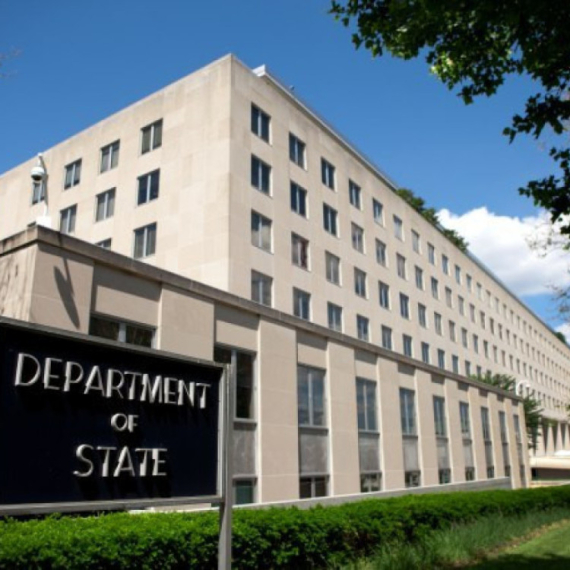
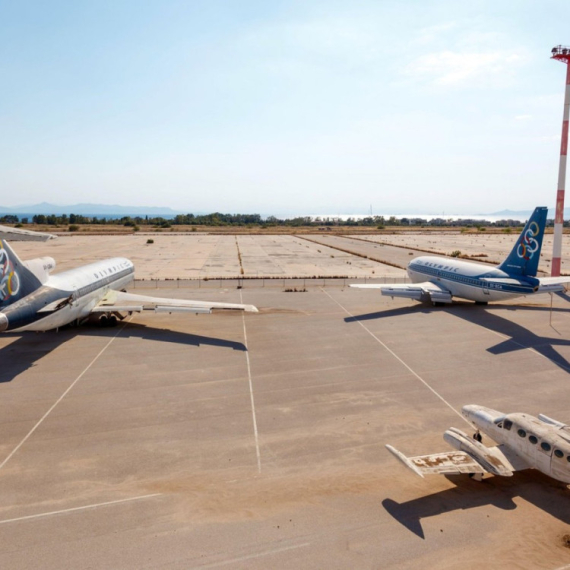






















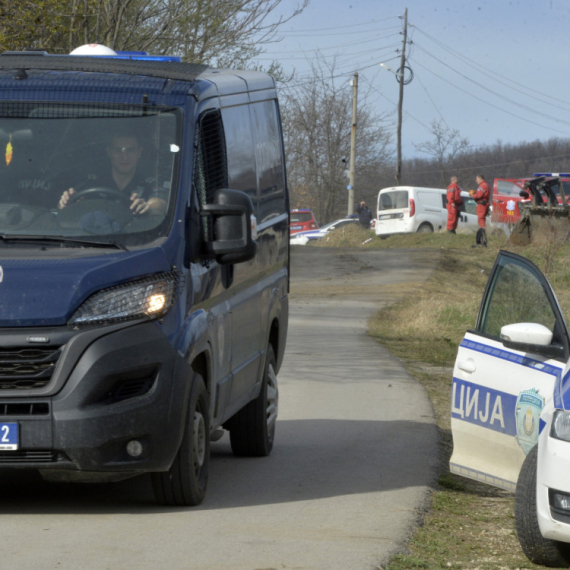

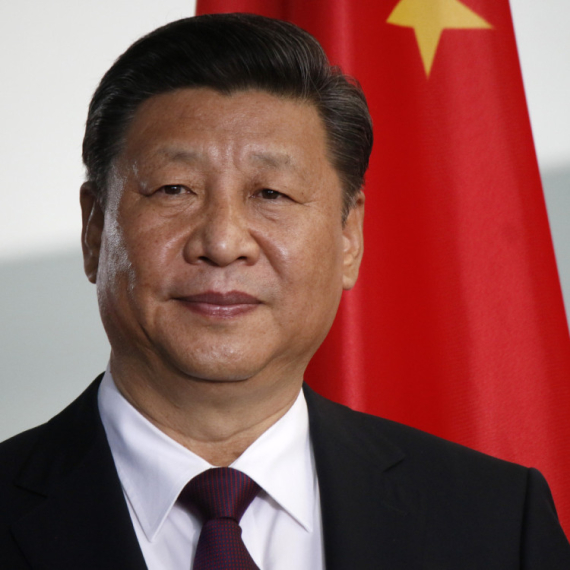





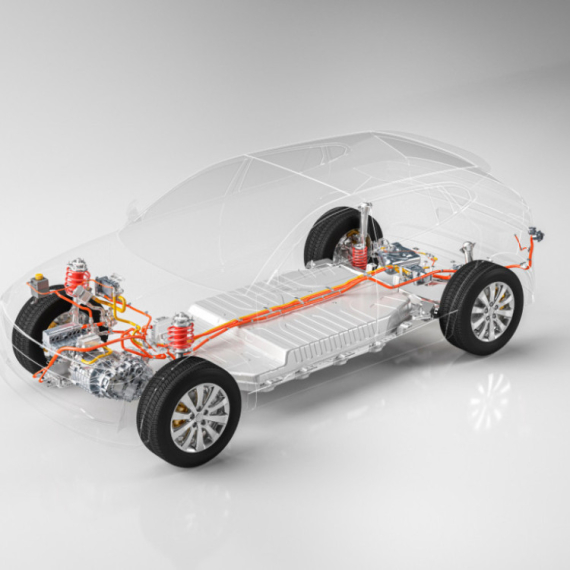










Komentari 0